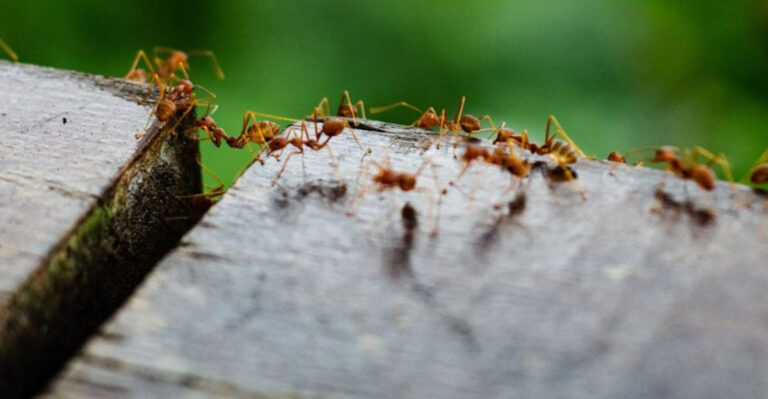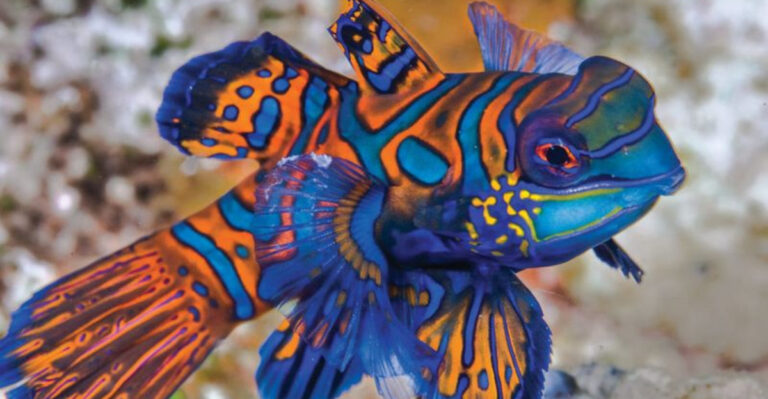15 Animals That Are More Common Now Than 100 Years Ago (And Why That’s Not Always Good)
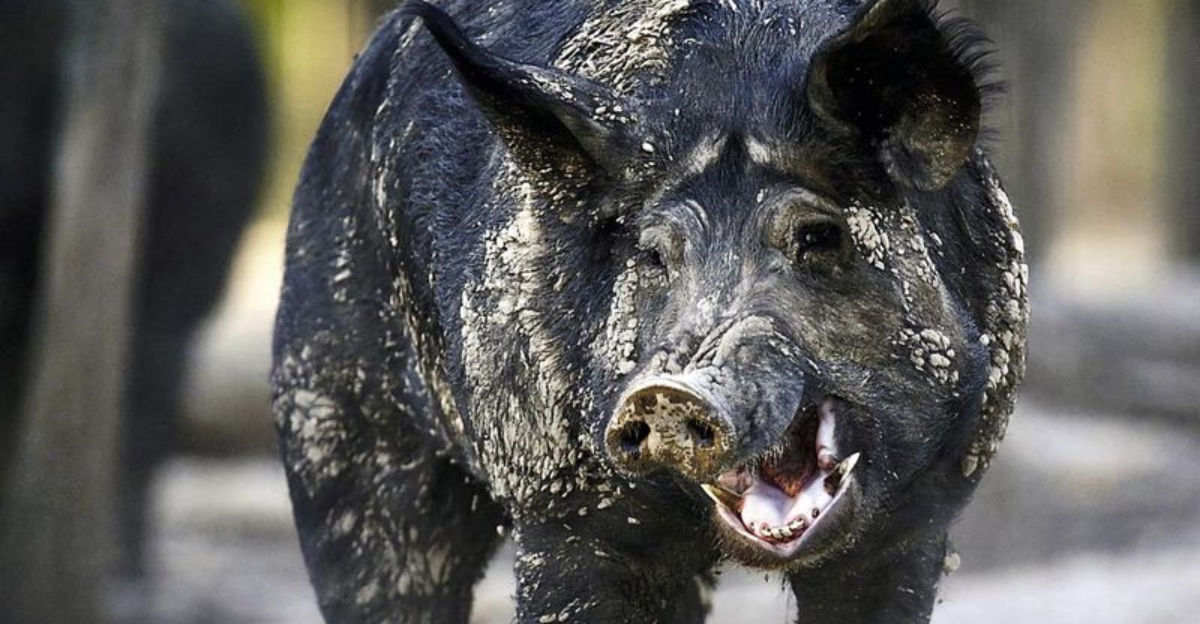
Ever noticed how some animals seem to be everywhere these days? While many species struggle with extinction, others have flourished in our modern world, sometimes in ways we never expected.
Human activities have dramatically shifted animal populations, creating winners and losers in the natural world.
1. White-Tailed Deer: Forest Edges Galore
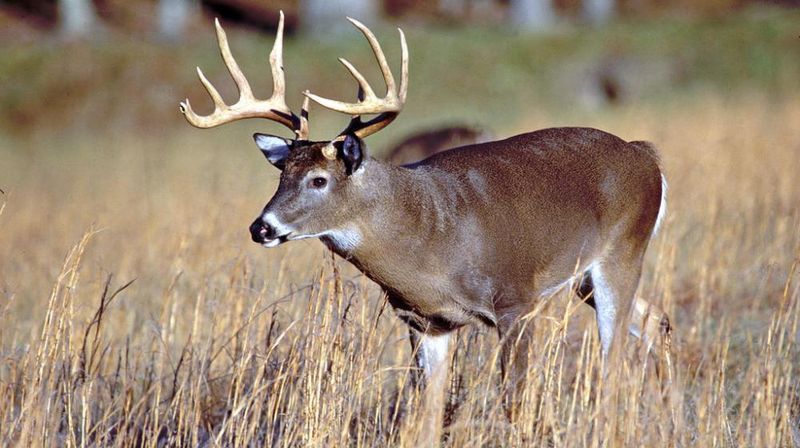
Suburban gardens have become the perfect buffet for these adaptable browsers.
After nearly being hunted to extinction in the early 1900s, white-tailed deer populations exploded across North America thanks to hunting regulations and the creation of ideal edge habitats between forests and developments.
Their success comes at a cost. Overabundant deer destroy forest understories, spread tick-borne diseases, and cause thousands of vehicle collisions annually.
Without natural predators like wolves and mountain lions in most areas, their numbers continue to climb unchecked.
2. Raccoons: The Urban Masterminds

Garbage night is party night for these masked bandits! Raccoon populations have skyrocketed as they’ve figured out that human settlements offer an all-you-can-eat buffet with fewer predators.
Their problem-solving intelligence and dexterous paws make them particularly suited for urban life. While adorable from a distance, raccoons can spread diseases like rabies and raccoon roundworm.
They damage property, raid pet food, and create unsanitary conditions. Their urban success story highlights how some species thrive alongside humans while others disappear.
3. Canada Geese: Lawn-Loving Fowl
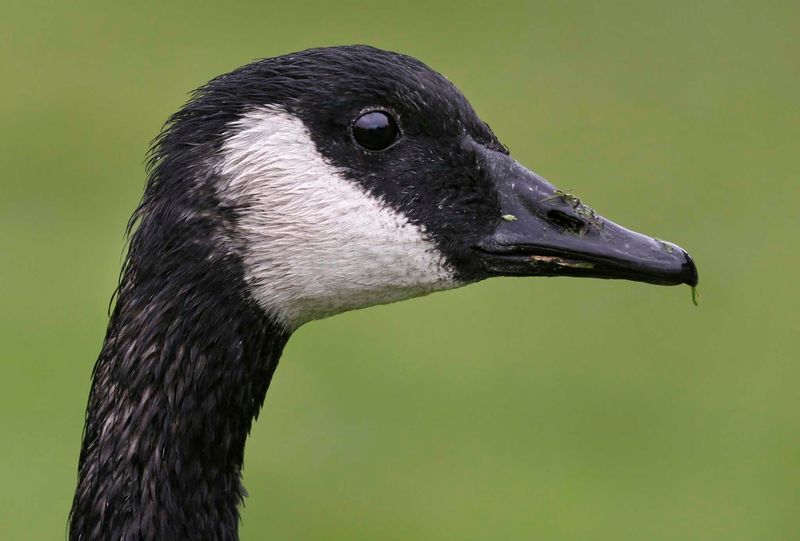
Once nearly extinct, these honking birds now rule golf courses and parks across North America.
The perfect storm of hunting restrictions, lack of natural predators, and an explosion of short-grass habitats (think lawns, parks, and golf courses) created goose paradise.
Unfortunately, a single goose can produce up to two pounds of droppings daily. Multiply that by flocks of hundreds that no longer migrate south, and you’ve got a messy situation.
Their aggressive behavior during nesting season makes them unwelcome neighbors in many communities.
4. Coyotes: Suburban Survivors
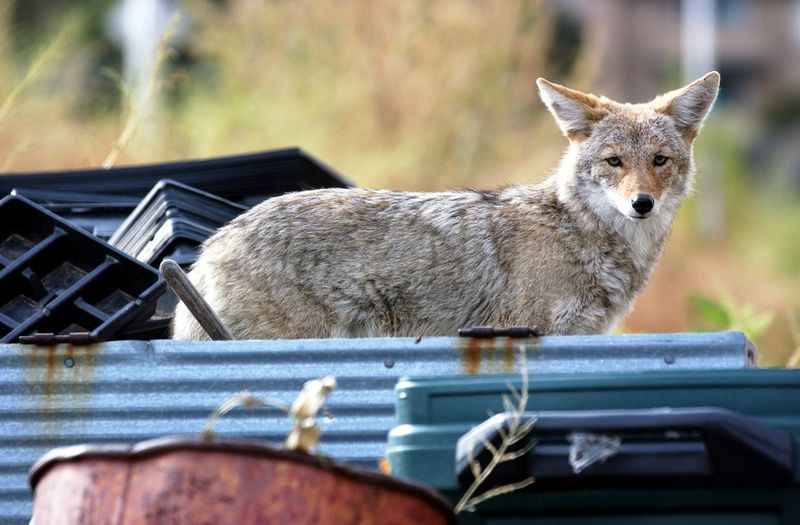
Remarkably adaptable, these canine cousins have expanded their range by an estimated 40% since the 1950s.
While wolves disappeared, coyotes thrived – moving into suburbs, cities, and even downtown areas of major metropolitan centers like Chicago and New York.
Their success comes from an omnivorous diet and reproductive resilience. When hunted heavily, coyote females produce larger litters.
This backfiring effect means control efforts often increase populations. Their presence creates concerns about pet safety and occasional human conflicts.
5. European Starlings: Mozart’s Unwanted Legacy
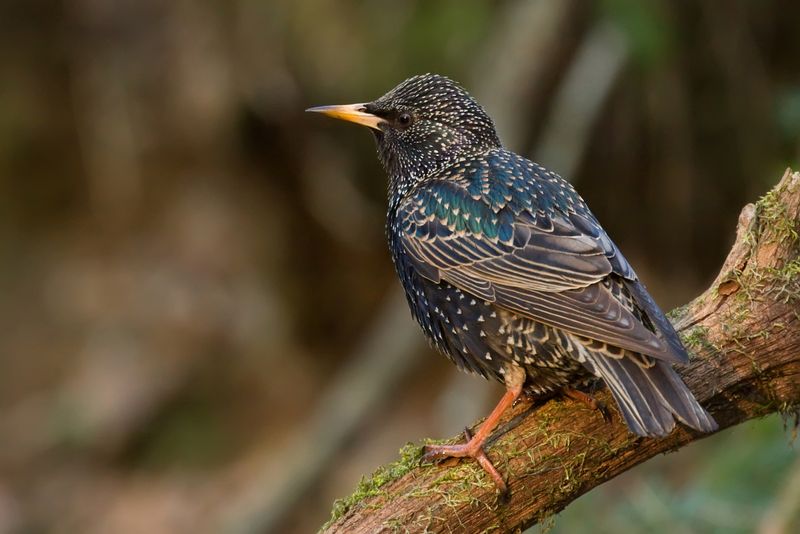
From just 100 birds released in Central Park in 1890 by Shakespeare enthusiasts, over 200 million starlings now blanket North America.
The original release was inspired by a desire to introduce all birds mentioned in Shakespeare’s works to America – a whimsical decision with massive ecological consequences.
These glossy black birds form massive, noisy flocks that damage crops and outcompete native cavity-nesting birds.
Their aggressive tactics have contributed to declines in bluebirds, woodpeckers, and other beloved native species. Agricultural damage from starlings costs millions annually.
6. Wild Boars: Rooting Machines

Four hungry pigs released for hunting in the 1500s have exploded into a population of over 6 million feral hogs across the United States.
These ecological bulldozers reproduce at astonishing rates—a single sow can produce up to 24 piglets annually.
Armed with powerful snouts and voracious appetites, they tear up native habitats, destroy crops, and even prey on livestock.
Their destructive rooting behavior damages forest ecosystems and accelerates erosion. Controlling their numbers has proven nearly impossible in many regions despite aggressive hunting programs.
7. House Mice: Humanity’s Tiny Shadows
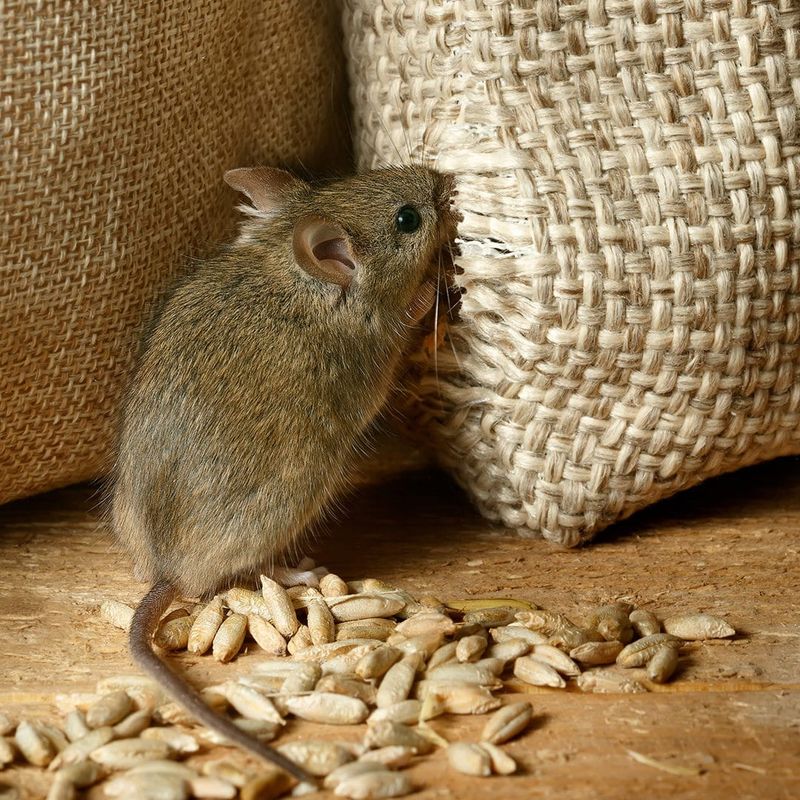
For every human on Earth, there are likely 10-20 house mice scurrying nearby.
These tiny mammals have followed human settlement for thousands of years, but modern food storage and building practices have created a population explosion.
Beyond the “ick” factor, mice spread diseases and contaminate food supplies. A single mouse can contaminate ten times more food than it actually eats.
Their rapid reproduction – a female can produce up to 10 litters yearly – makes them nearly impossible to eliminate completely from human environments.
8. Cattle Egrets: Hitchhikers from Africa

Blown across the Atlantic by storms in the 1800s, these white birds have conquered the Americas without human introduction.
Following cattle and farm equipment that flush insects from the grass, these opportunistic birds expanded across two continents in just a century.
While less destructive than many species on this list, cattle egrets outcompete native herons and egrets for nesting sites.
Their massive colonies can damage vegetation with accumulated droppings. Their success story demonstrates how quickly species can spread when human activities create favorable conditions.
9. Brown Rats: Underground Empire
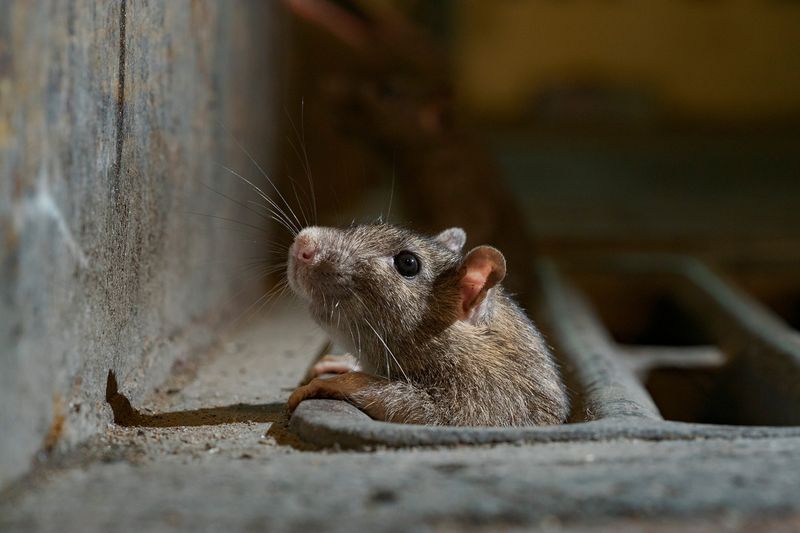
Beneath our cities lies an empire of brown rats whose population has soared alongside human urbanization. New York City alone may harbor as many as 32 million rats – that’s nearly four rats per human resident!
Modern waste systems provide endless food, while building foundations offer perfect shelter. Beyond damaging infrastructure by gnawing and burrowing, rats spread over 35 diseases.
Their intelligence makes them difficult to control, as they quickly learn to avoid traps and poisons.
10. Burmese Pythons: Everglades Invaders

Released by overwhelmed pet owners, these massive snakes have established a breeding population of tens of thousands in Florida’s Everglades.
Growing up to 20 feet long, they’ve become apex predators in an ecosystem unprepared for their appetites. The impact has been devastating. Mammal populations have plummeted by over 90% in some areas.
Raccoons, opossums, and rabbits have virtually disappeared from python territory. Despite hunting programs and removal efforts, these stealthy reptiles continue to thrive in the wetland labyrinth.
11. Feral Cats: Shadow Predators
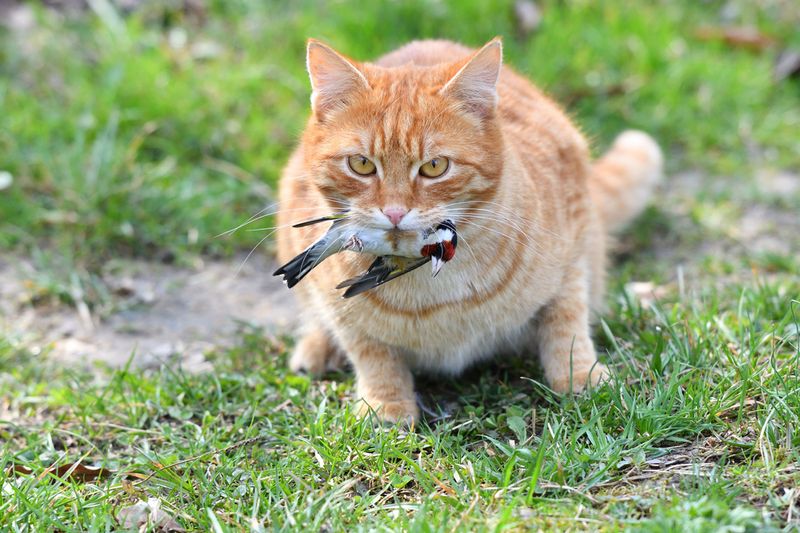
Worldwide, unowned outdoor cats have multiplied into a population of over 100 million.
These independent felines thrive in urban alleys, rural barns, and island paradises alike, making them one of the most successful invasive predators on Earth.
Their hunting prowess comes at a devastating cost to wildlife. In the United States alone, cats kill an estimated 2.4 billion birds and 12.3 billion mammals annually.
Even well-fed cats continue to hunt by instinct. Their presence has contributed to at least 63 wildlife extinctions globally.
12. Brown Tree Snakes: Guam’s Bird Apocalypse
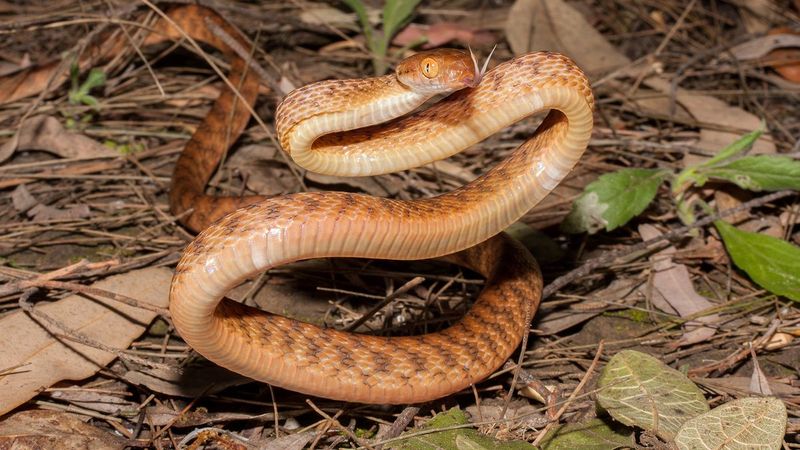
Accidentally introduced to Guam after World War II, these slender tree-climbers caused one of history’s most dramatic ecosystem collapses.
From just a few stowaways on military equipment, they multiplied to densities of up to 13,000 per square mile. Without natural predators, they systematically eliminated Guam’s forest birds.
Of 12 native bird species, 10 are now extinct on the island. Their tree-climbing ability made nests easy targets.
Beyond ecological damage, they cause frequent power outages by short-circuiting electrical equipment, costing millions in damages.
13. Lionfish: Beautiful Reef Destroyers
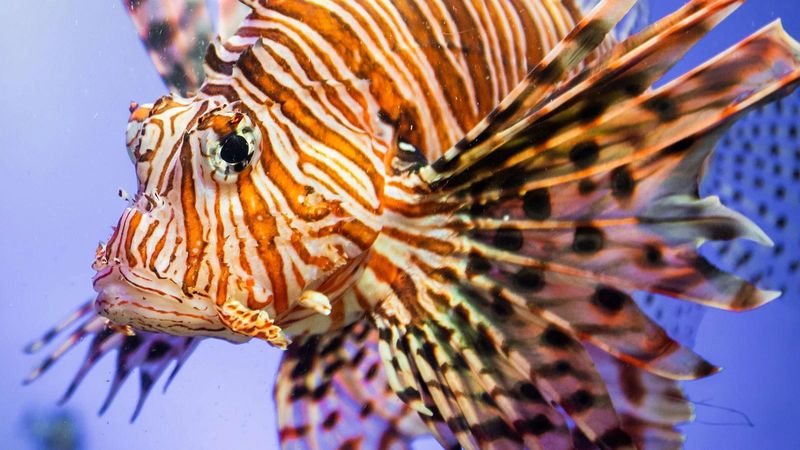
Aquarium releases of these striking fish have spawned an underwater invasion across the Caribbean and Atlantic coasts.
With distinctive striped patterns and fan-like fins, lionfish might look beautiful, but their impact is anything but pretty.
Armed with venomous spines and voracious appetites, a single lionfish can reduce juvenile fish populations by 80% in just five weeks.
Native predators don’t recognize them as prey, and they reproduce year-round. Control efforts now include lionfish hunting tournaments and promoting them as a delicacy in restaurants.
14. House Sparrows: Feathered Pioneers

Brought to Brooklyn in the 1850s and intentionally spread across America, these small brown birds now occupy nearly every human settlement on Earth.
Hardy and aggressive, they’ve mastered the art of urban living from Moscow to Mumbai, New York to New Delhi.
Their success comes at the expense of native birds like bluebirds and swallows. House sparrows commandeer nesting cavities and can even kill adult birds defending their nests.
Their close association with humans has made them one of the most widely distributed birds on the planet.
15. Asian Carp: River Invaders

Jumping fish might sound like a cartoon, but silver carp launch themselves up to 10 feet out of the water when startled by boat motors.
Imported for aquaculture in the 1970s, these fish escaped during floods and now dominate large sections of the Mississippi River system.
Growing up to 100 pounds and consuming up to 40% of their body weight daily in plankton, they outcompete native fish for food.
Their population explosion threatens the Great Lakes’ $7 billion fishing industry. Despite electric barriers and other control efforts, their advance continues.



